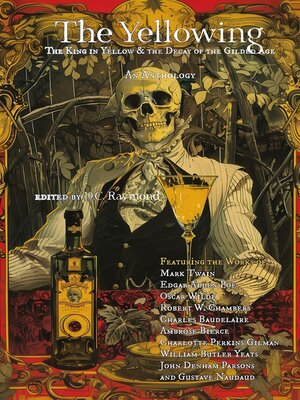
Sign up to save your library
With an OverDrive account, you can save your favorite libraries for at-a-glance information about availability. Find out more about OverDrive accounts.
Find this title in Libby, the library reading app by OverDrive.



Search for a digital library with this title
Title found at these libraries:
| Loading... |
1895. The Yellow Nineties. As the age of the Napoleonic and American Civil Wars closes, a new technology shrinks the world and with it, our minds. An apocalyptic sentiment takes hold, and with it, the motif of a single colour-one representing decay, salaciousness, greed, gaslight, fever, madness, and sensationalism: Yellow.
Traditional values and art, ever at odds, become cartoon inversions s of themselves: One side, once conservative, grows increasingly authoritarian and revolutionary. The other, once creative and playfully disruptive, now preaches a reactionary gospel against the senses, embracing art without purpose, hedonism, debauchery, and rejecting not realism, but reality itself. And just who is the "King in Yellow"?
Surely, the end must be near.
The Yellowing is an anthology collecting not a genre or style, but a period, like a time capsule. Its aim is to show you not only Robert W. Chambers' King in Yellow stories but also their influences and context: stories and poems quoted by Chambers, stories that had obvious influence (and those stories' influences), as well as poems and stories from the same period, sometimes called the Gilded Age, sometimes Fin de siecle, sometimes called the Yellow Nineties. Throughout, certain motifs emerge: decadence (decay), religion, corruptive art, France, fear, endings, but most of all, the color Yellow, which came to represent all of the above and all comes to a head in the same year: 1895, the date of Chambers' publishing of King in Yellow collection. Fiction and non-fiction include:







